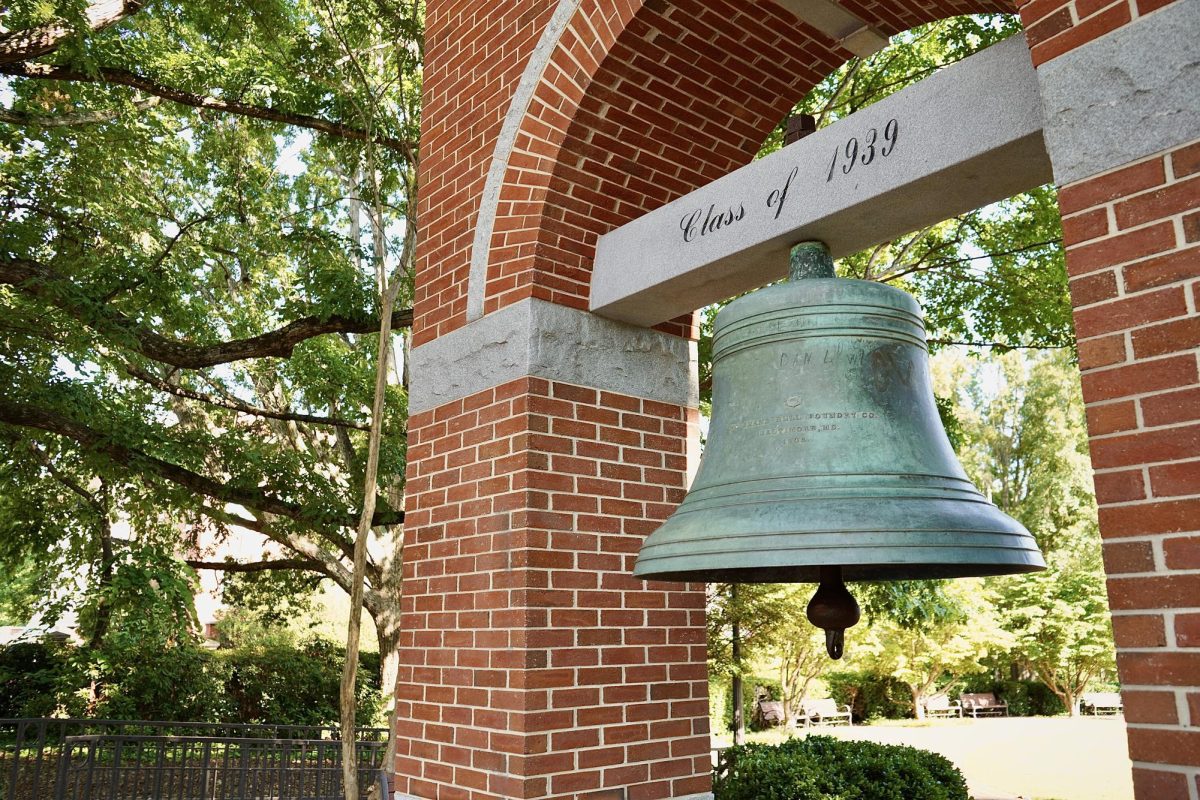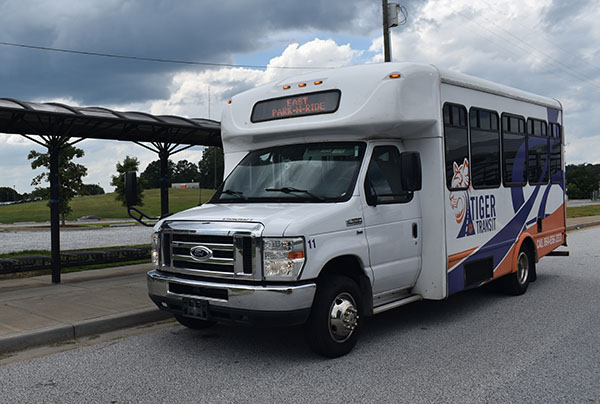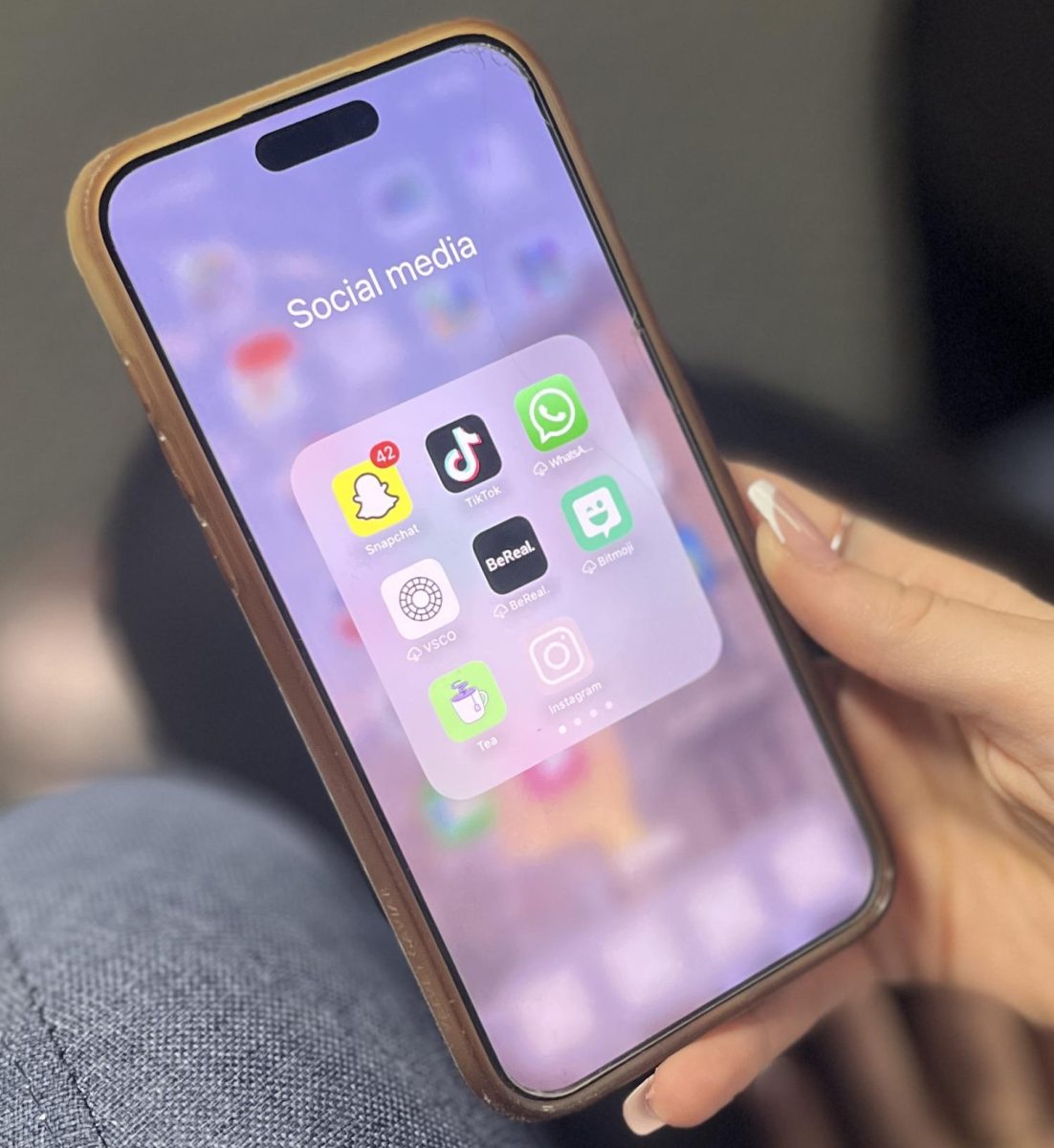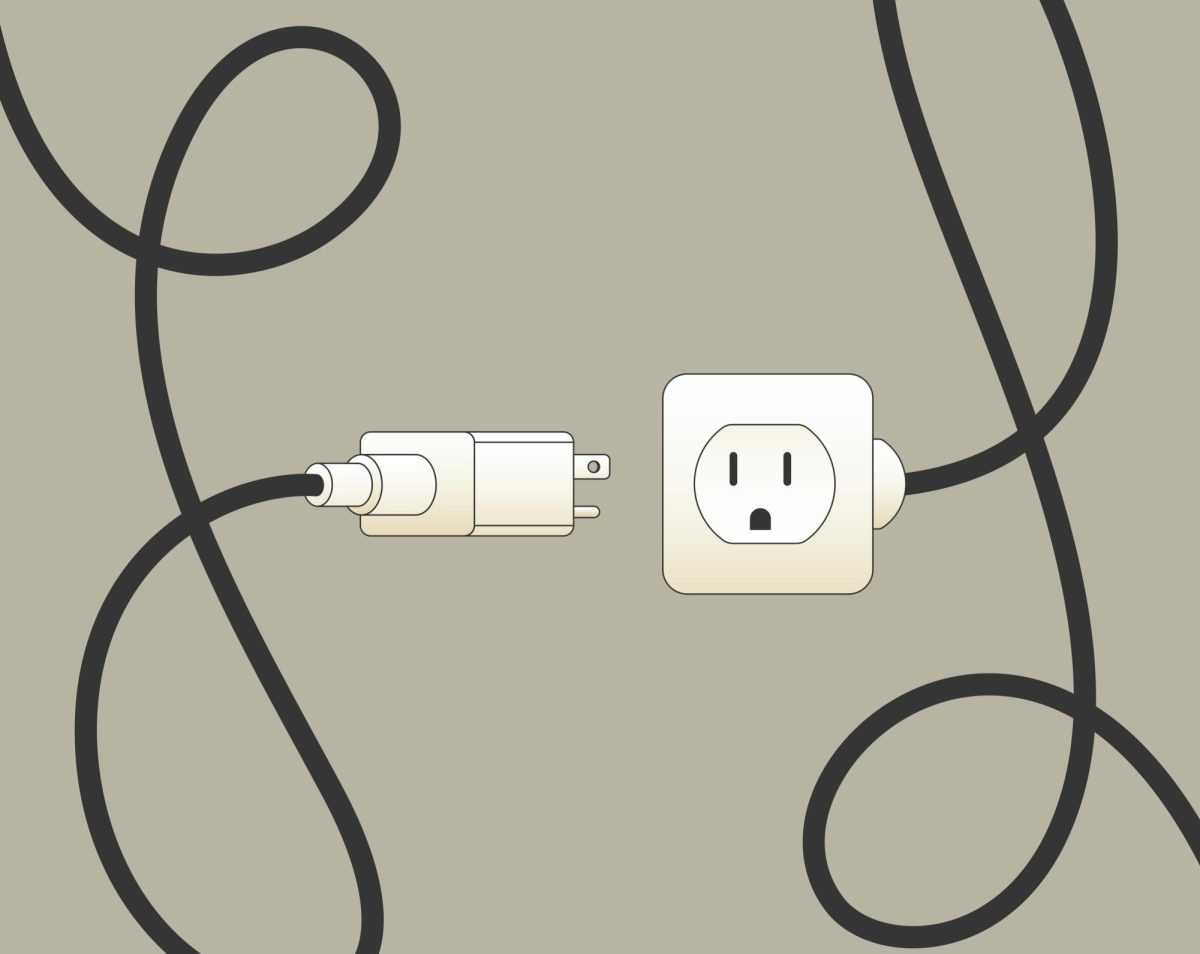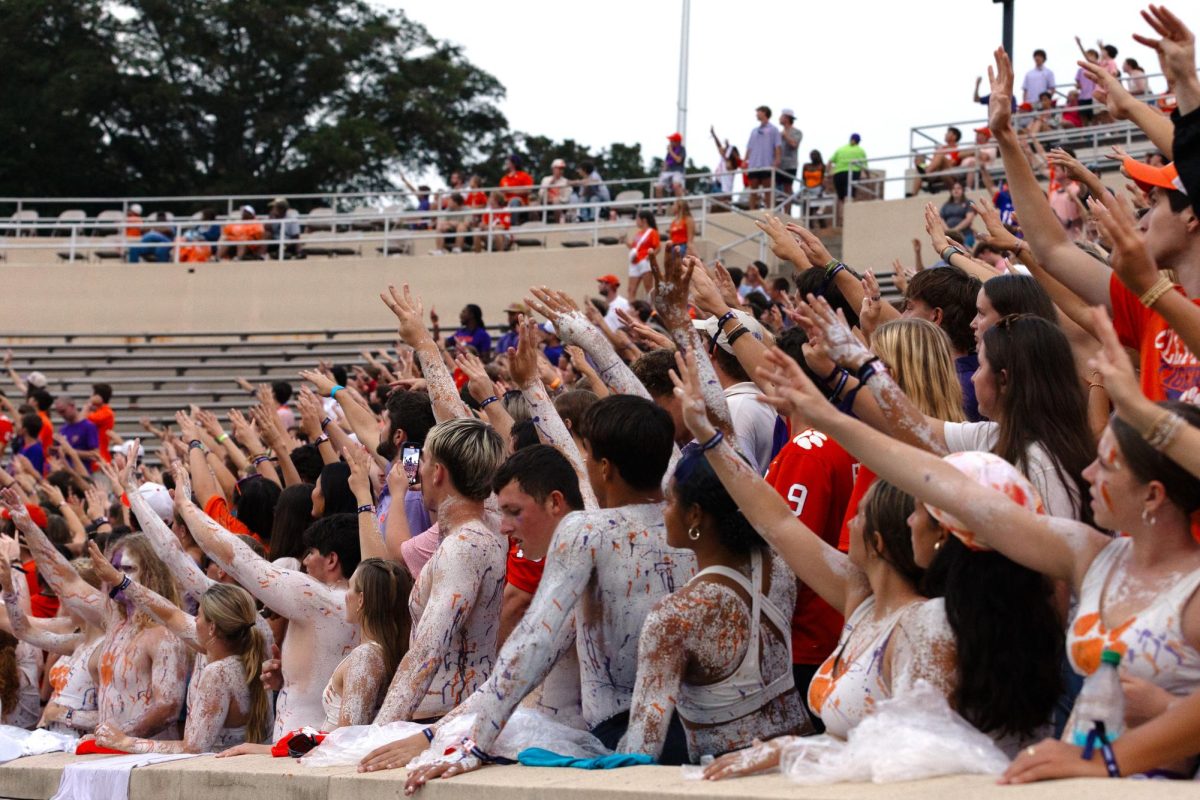Hands up. Who thought CU 1000 was really useful? Be honest. C’mon, I’m pretty sure that most of us took the view that a course which was basically all about Clemson, Title IX and Library Sources, moreover, a course which gave us no credits, and took up hours and hours of good social time, was no good to anyone. But, You’d be wrong. Stick with me because I’m going to tell you why.
First, I’m assuming we all know/remember/can’t get out of our heads what CU 1000 is. It is … well, I think my first definition was pretty close. We have to go to several meetings, watch a bunch of videos, take some quizzes, learn that we’re not supposed to grope the person sitting next to us, learn how to find the Library and what a computer is for. Yawn. Like, really?
Ok, ok. I hear ya and I’d agree with most of it. Not so much the Community Dialogues session, which I thought did quite a good job of looking at discrimination in a different way. It isn’t always about: don’t stare at the black person. You can find discrimination in places you’d least expect to find it – like, in ourselves. Every time you grin at someone different. Or gawp. Or roll your eyes. That is the beginning of discrimination.
I’m the second-oldest (at age 62) freshman student at Clemson, and I am formally disabled. I have been discriminated against since being here and I’ve only been here a semester and a bit. But I’ll deal with discrimination another time. The session that really woke me up, that I want to focus on, is the Aspire to be Well group.
I thought I knew all about Title IX. I get it. Sexual Violence, abusive relationships, interpersonal violence, harassment, consent, stalking. Yeah, yeah, yeah. There’s a sicko somewhere. Touches my girlfriend, and he’s dead. But that happens… Somewhere… Over there.
And then we got the stats. I’ll mention a few again. You likely paid no attention. Just like me.
At Clemson University, 7 percent of students have experienced sexual touching without their consent within the last 12 months. At Clemson University, 8 percent of students experienced an emotionally abusive intimate relationship within the last 12 months.
At Clemson University, 20 percent of first-year women experience some type of sexual victimization; 15 percent experience unwanted sexual contact; 5 percent experience sexual coercion; 5 percent experience attempted rape; 3 percent experience rape. Most women know the offender: 37 percent are acquaintances; 32 percent are partners or romantic acquaintances; 23 percent are casual or a first date; and 8 percent are strangers.
Why are they telling me this, I sat there thinking to myself? It’s not like I would ever do this. And then. Like a lightning bolt. It hit me. And I did the math. I converted the stats into people. The 60 people in my session. The 10 people at my table. Think back to your session. Do your own math.
We were all first-years. Which meant that 20 percent of the women in that room. Real girls. Girls with faces. And names. Names they’d just told us. One in every five of the girls I was looking at had or would experience sexual victimization. These weren’t stats; these were people!
I then took it a stage further. If the victims were right there in front of me, maybe the abuser was too? And I was doing nothing but thinking about what a waste of time this all was, and how soon I could get back to the TV.
I’m not saying we should rush up to every girl (or guy – guys get victimized, too), and badger them about whether they feel safe or not. I’m definitely not suggesting that we start stalking anyone who looks a little weird to us, to ensure they’re not up to no good.
But let’s at least realize that stats aren’t just stats. They’re people! These people are Clemson people. They are our neighbors and friends. This is our college. Not the state’s. Not our parents’. Not President Clements’. It is OUR college. And we are responsible for it!
We are responsible for supporting those next to us, to make sure they feel safe. Always. We are responsible for those among us who have been injured in the past and now seek to pass that injury onto others.
Trevor Lawrence is not the only quarterback at Clemson. We are all quarterbacks in designing the safety of our school. It falls to each and every one of us to read situations, recognize blitzes in social relationships, and bring every student to a touchdown safely.
So be alert, take notice, ask questions and be supportive. Then maybe don’t be so quick to condemn attempts that are made to help us all feel like part of the same family. Even if the attempts gain us no credits; even if the design is sometimes a little hack-handed. Well, that’s my sermon for this week. Until the next time. Cheerio!!



